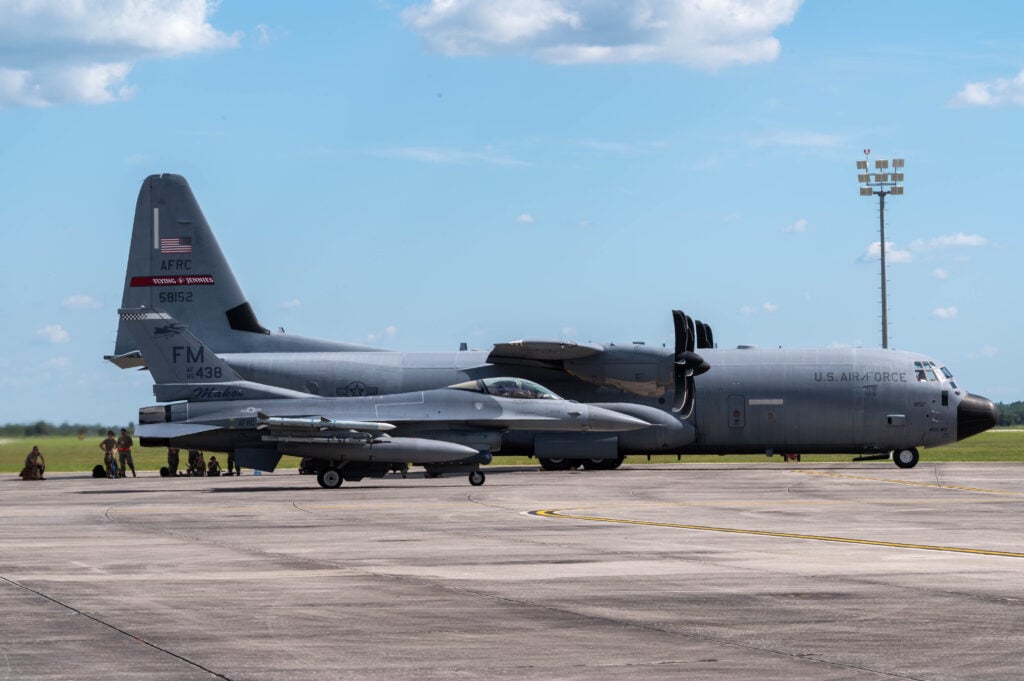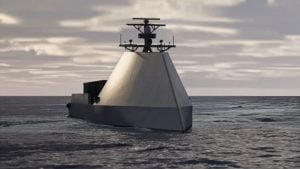Lockheed Martin has secured approval to incorporate synthetic aviation turbine fuels (SATF) into its F-16 Fighting Falcon and C-130 Hercules aircraft, marking a significant step towards sustainable energy solutions within its airborne fleet. This advancement follows the previous clearance granted for the F-35 Lightning II combat aircraft earlier this year.
SATFs are derived from various raw materials, including traditional fossil sources like coal and natural gas, as well as renewable options such as waste oils, agricultural residues, and biomass. The implementation allows for a blended use of up to 50 percent SATF mixed with conventional jet fuel, ensuring that performance metrics requisite for operational readiness are fully met in all conditions.
The adoption of SATF reflects a commitment to better energy substitution and diversification, aligning with objectives set forth by the Pentagon. Earlier this year, Norway, a NATO member and U.S. ally, successfully utilized SATF in its F-35 as part of a pilot program.
Mike Shoemaker, Vice President of Lockheed Martin’s Integrated Fighter Group, underscored the strategic advantages of using synthetic fuels in the F-16. He asserted that compatibility with these fuels ensures the aircraft remains prepared to respond to changing operational demands while enhancing global fuel flexibility.
On the topic of the C-130, Lockheed Martin Air Mobility & Maritime Missions Vice President Rod McLean noted that the approval not only represents an important engineering milestone but also offers environmental benefits with reduced carbon emissions. He described this development as a testament to Lockheed Martin’s ongoing commitment to maintaining the C-130’s readiness, energy resilience, and interoperability as it serves airlift partners worldwide.
Currently, over 25 nations utilize the F-16, while the C-130 is operated by more than 70 countries, highlighting the global reach and importance of these aircraft in modern military operations.


















